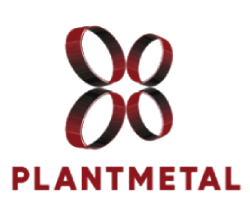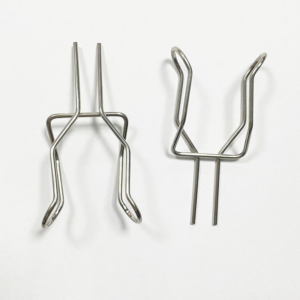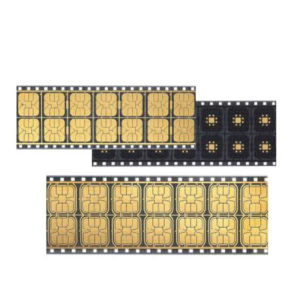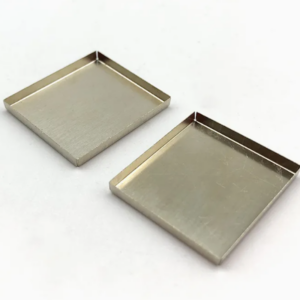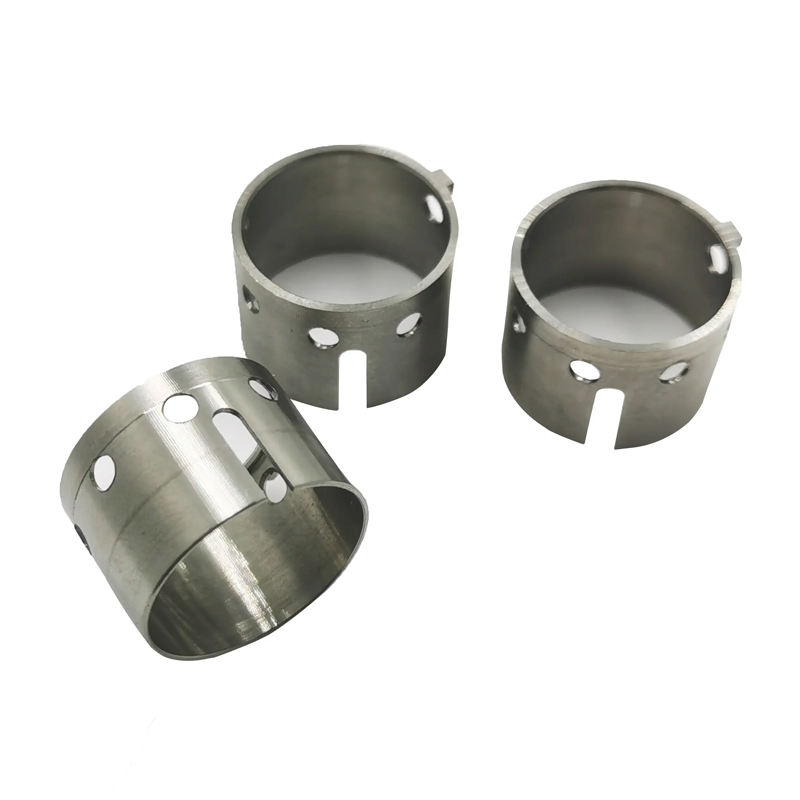Are you looking to leverage the exceptional strength-to-weight ratio, corrosion resistance, and high-temperature performance of titanium alloys for your next project? At Plantmetal, we understand how critical the right material choice is to meeting demanding specifications while controlling costs and lead times. In this blog, we’ll dive deep into the world of titanium alloys—exploring their chemistry, mechanical advantages, classification, machining challenges, and real-world applications. Whether you’re an aerospace engineer, a medical device designer, or an industrial manufacturer, this guide will equip you with the knowledge to specify and process titanium alloys with confidence.
What Defines a Titanium Alloy?
Titanium alloys are engineered blends in which commercially pure titanium serves as the base metal, augmented by carefully selected alloying elements. These element additions—such as aluminum, vanadium, molybdenum, iron, zirconium, and others—tailor the alloy’s strength, ductility, corrosion resistance, and thermal stability. Compared to commercially pure titanium, which is relatively soft and ductile, alloys unlock levels of performance essential for critical applications.
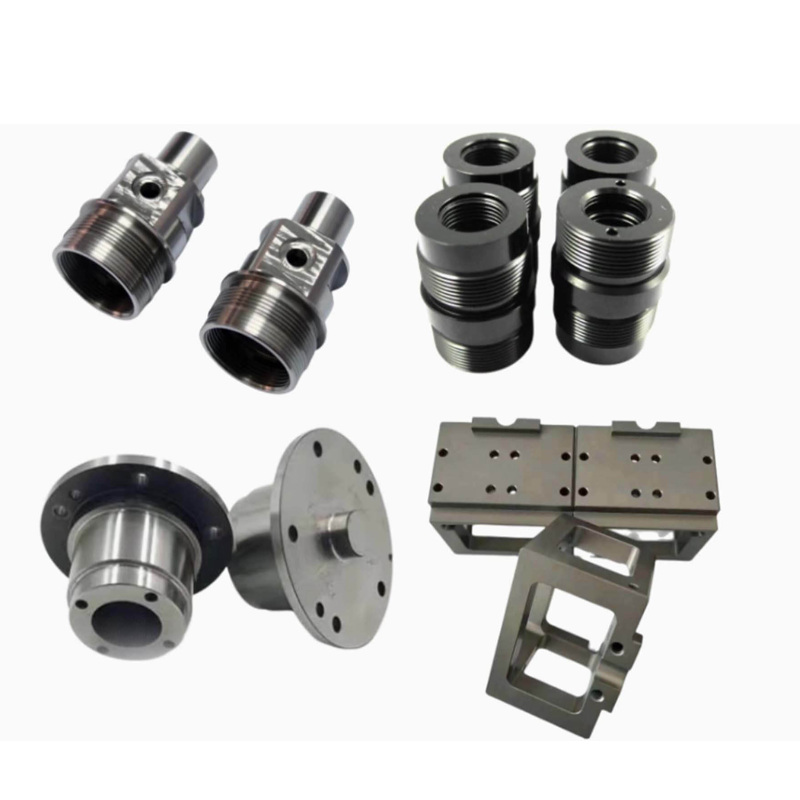
Primary Alloying Elements
- Aluminum (Al)
- Provides solid-solution strengthening
- Reduces density for improved strength-to-weight ratio
- Vanadium (V)
- Stabilizes the beta phase, enhancing formability and heat-treat response
- Improves ductility and toughness
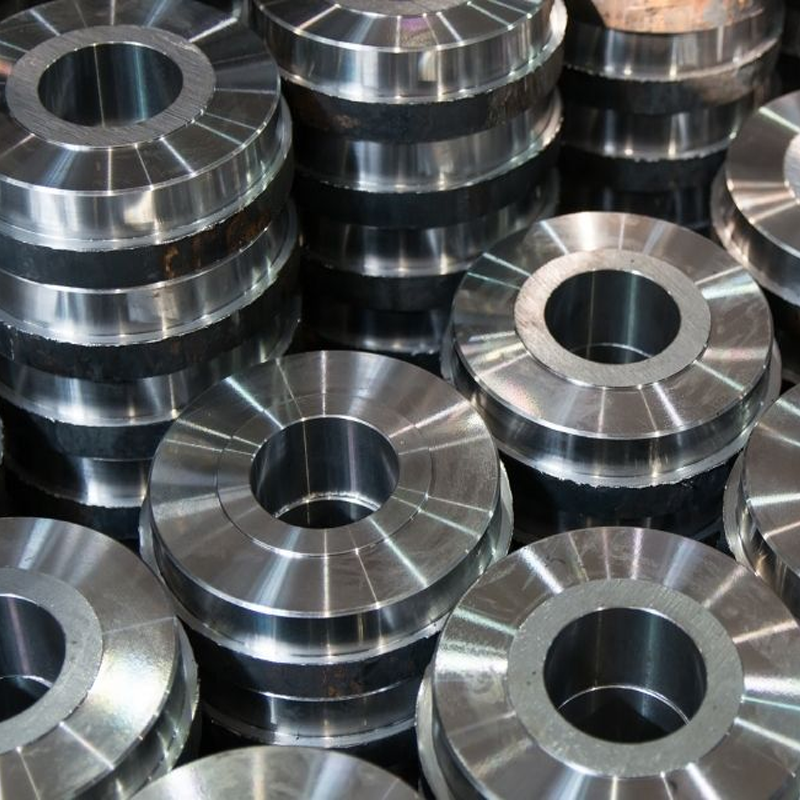
- Molybdenum (Mo)
- Bolsters high-temperature strength and creep resistance
- Widely used in alloys like Ti-6Al-2Sn-4Zr-6Mo (Ti-6246)
- Iron (Fe)
- Cost-effective beta stabilizer, increasing strength in lower-cost grades
- Zirconium (Zr)
- Boosts corrosion resistance without compromising weldability
- Other trace elements (Sn, Cr, Nb, etc.)
- Introduced for oxidation resistance, specialized strength, or biocompatibility

Core Properties of Titanium Alloys
- Exceptional Strength-to-Weight Ratio
Titanium alloys weigh roughly 40% less than steel yet deliver comparable tensile strength—making them indispensable in aerospace and high-performance automotive applications. - Superior Corrosion Resistance
By forming a tenacious oxide film, titanium alloys repel corrosive attack in seawater, chemical processing, and physiological environments. - High-Temperature Capability
Many titanium alloys maintain mechanical properties at temperatures above 600°C (1,112°F), ideal for jet engine and gas turbine components. - Biocompatibility
Non-toxic and hypoallergenic, certain titanium grades (e.g., Ti-6Al-4V ELI) are the standard for orthopedic implants, surgical instruments, and dental fixtures. - Low Thermal Expansion & Non-Magnetic Behavior
Stability under temperature fluctuations and non-magnetic characteristics suit precision instruments and MRI-compatible medical devices.
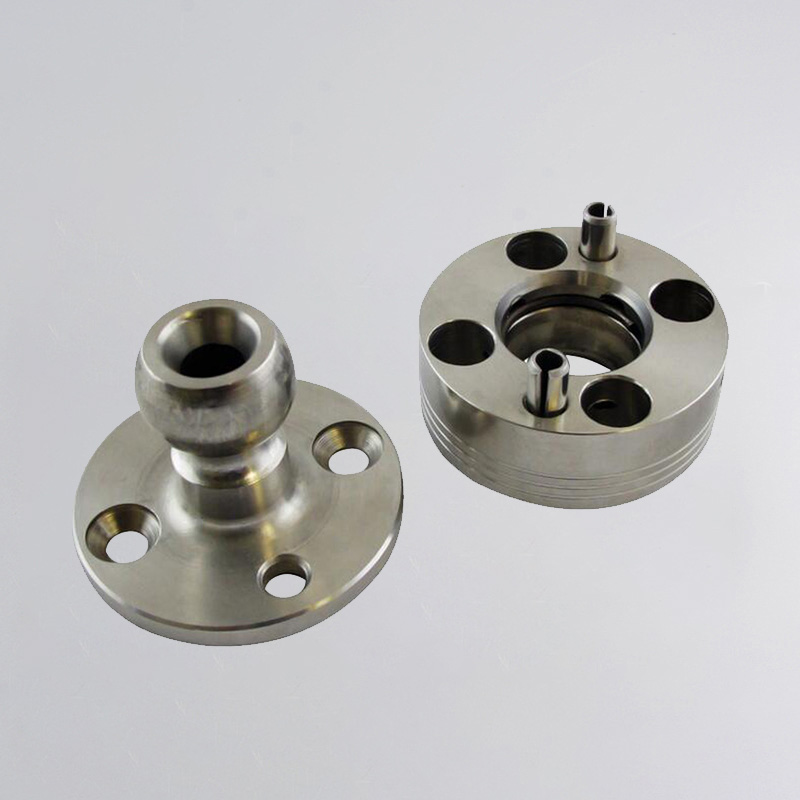
Classification: Alpha, Beta, and Alpha-Beta Alloys
Titanium alloys are broadly grouped by their microstructure:
- Alpha (α) Alloys
- Non-heat-treatable; excellent weldability and corrosion resistance
- Common in marine and cryogenic service
- Beta (β) Alloys
- Fully heat-treatable; high strength and good formability
- Used where high performance and complex shapes are required
- Alpha-Beta (α-β) Alloys
- The most versatile category, offering a balance of properties
- Ti-6Al-4V (Grade 5) is the workhorse alloy, comprising over half of all titanium consumed worldwide
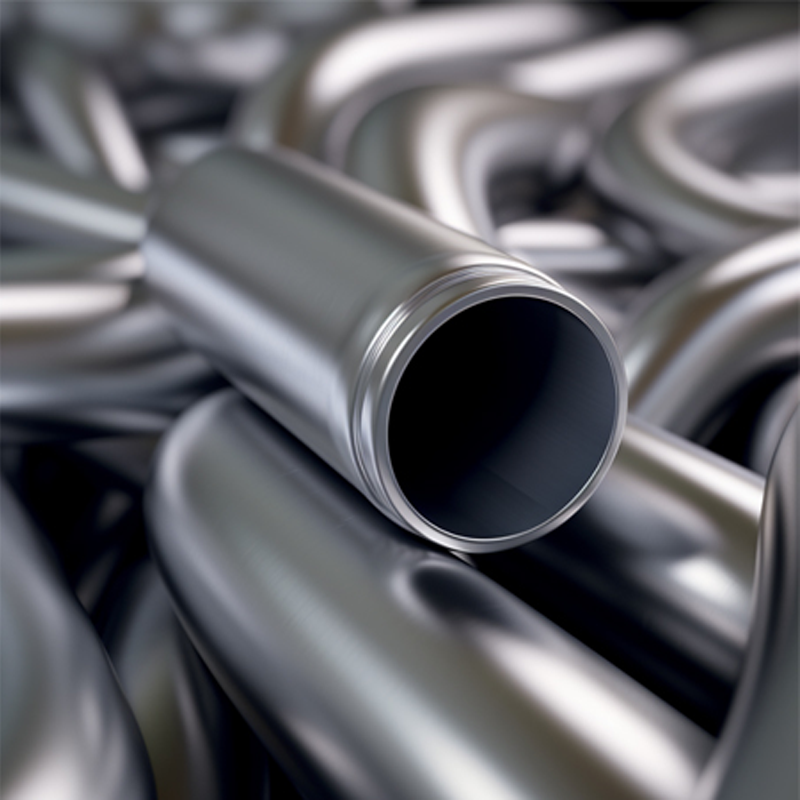
The High-Strength Titans: Ti-6246 and Ti-10V-2Fe-3Al
For the most demanding applications—jet engine disks, landing gear, and structural components—specialized α-β alloys like Ti-6Al-2Sn-4Zr-6Mo (Ti-6246) and Ti-10V-2Fe-3Al reign supreme:
- Ti-6246
- Tensile strengths >1,200 MPa
- Exceptional creep resistance up to 427°C (800°F)
- Used in compressor disks and airframe load-bearing parts
- Ti-10V-2Fe-3Al
- Ultra-high strength, often >1,400 MPa after aging
- Superior hardenability for thick sections
- Ideal for critical brackets, actuators, and landing gear fittings
Despite the performance advantages, these alloys pose significant manufacturing challenges—abrasive behavior, high cutting forces, and rapid tool wear demand optimized machining strategies and premium tooling.
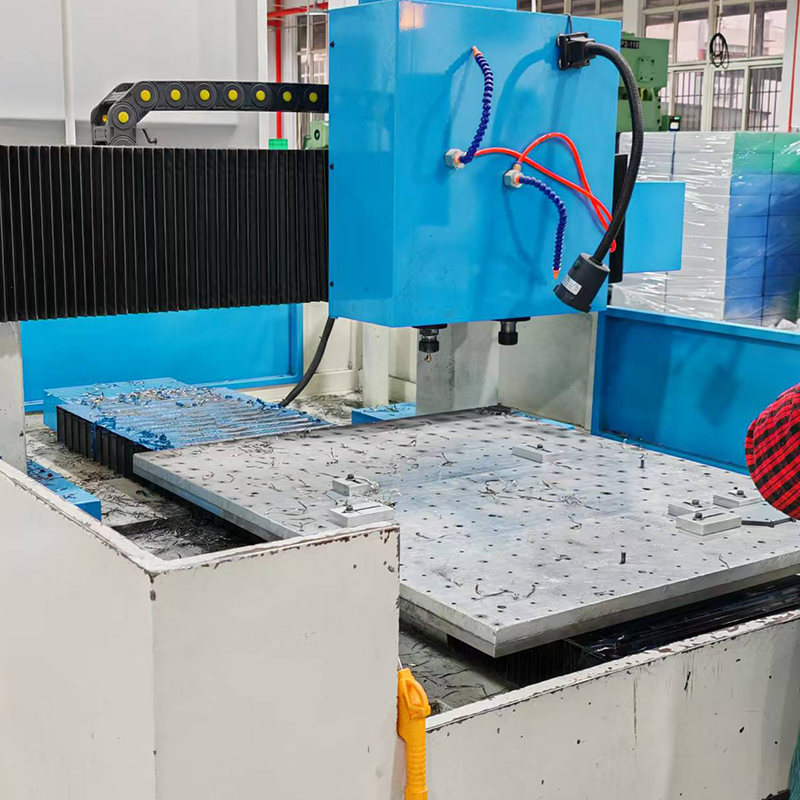
Grades and Their Typical Uses
| Grade | Composition | Key Properties | Common Applications |
|---|---|---|---|
| CP Ti 1–4 | 99%+ pure Ti | Increasing strength 1→4 | Chemical, marine, and medical tubes |
| Grade 5 | Ti-6Al-4V | Balanced strength, weldability | Aerospace frames, implants, industrial |
| Grade 9 | Ti-3Al-2.5V | Better formability | Aircraft tubing, structural airframes |
| Grade 23 | Ti-6Al-4V ELI | Extra low interstitials | Biocompatible implants, cryogenics |
Why Machining Titanium Is So Challenging
- Low Thermal Conductivity
Heat isn’t carried away into the workpiece—it concentrates at the cutting edge, leading to rapid tool degradation. - High Chemical Reactivity
Titanium adheres to tool surfaces under heat, forming built-up edge (BUE) that spoils surface finish. - High Strength & Toughness
The very attributes that make titanium desirable also impose high cutting forces, requiring rigid setups and powerful spindles.
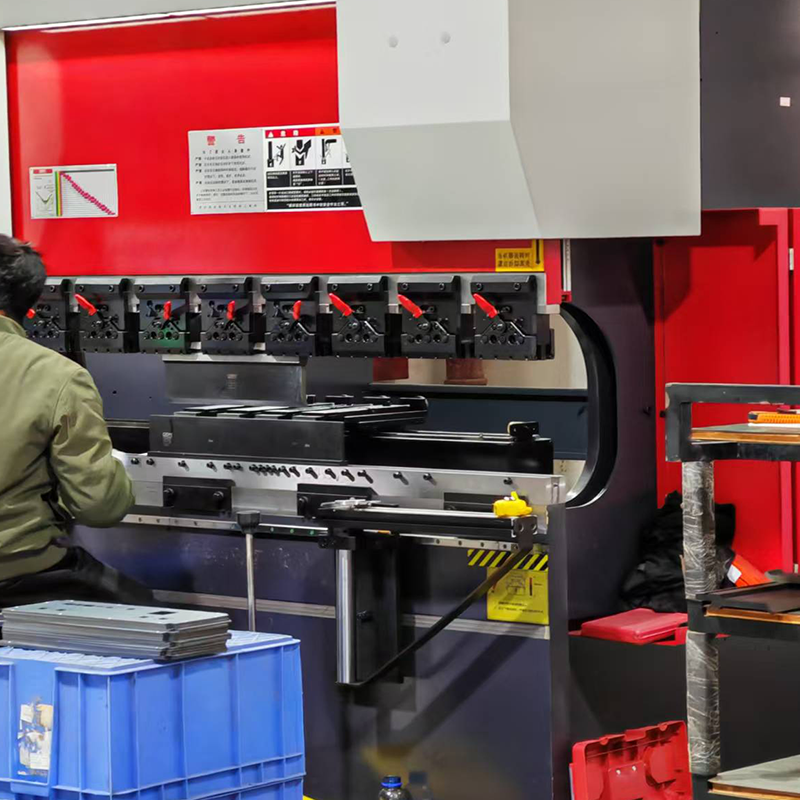
- Elastic Deflection & Springback
Titanium’s elasticity can cause chatter and dimensional inaccuracies if tooling and fixturing aren’t engineered for rigidity. - Work Hardening
The machined surface layer may harden, demanding multiple light finishing passes.
Best Practices for Machining Titanium Alloys
| Challenge | Best Practice |
|---|---|
| Tool Wear & Heat | • Use carbide or PCD tools with TiAlN/AlTiN coatings• Employ high-pressure coolant or through-tool systems |
| Work Hardening | • Program small depth-of-cut finishing passes• Optimize spindle speed (30–70 m/min) and high feed rates |
| Vibration & Springback | • Minimize tool overhang• Utilize rigid fixturing and damped tool holders |
| Chip Control | • Apply trochoidal or high-efficiency milling toolpaths• Ensure proper chip evacuation |
| Surface Integrity | • Inspect tools frequently• Consider stress-relief annealing before final machining |
At Plantmetal, our shop floor is outfitted with the latest multi-axis machining centers, flood and through-tool coolant systems, and a comprehensive suite of carbide and ceramic tooling. We tailor each cutting recipe to your chosen titanium grade, ensuring we hit your dimensional tolerances and surface finish requirements on the first run.
Welding and Heat Treatment Considerations
Welding
- Must occur in a high-purity inert atmosphere (argon or helium) to prevent embrittlement from oxygen, nitrogen, or hydrogen contamination.
- TIG welding is standard for precision; laser and plasma methods are increasingly used in automated environments.
- Meticulous surface preparation—removal of all oils, fingerprints, and oxides—is essential for defect-free welds.
Heat Treatment
- Annealing to relieve residual stresses after heavy machining or cold work.
- Solution-treat & age (STA) for α-β alloys to precipitate fine strengthening phases, boosting tensile and fatigue properties.
Proper heat treatment enhances fatigue life, dimensional stability, and resistance to cyclic loading—critical for aerospace and medical implants.
Real-World Applications
- Aerospace: Jet engine compressor disks, airframe structural fittings, and fasteners.
- Medical: Orthopedic screws, hip and knee implants, dental abutments, and surgical tools.
- Marine: Seawater piping, heat exchangers, and subsea valve components.
- Chemical Processing: Corrosion-resistant reactors, agitators, and piping.
- Automotive & Motorsport: Suspension components, drive shafts, and performance valving.
Conclusion
Titanium alloys offer unmatched performance for critical applications—but harnessing their full potential requires specialized expertise in material selection, machining strategies, and post-processing. At Plantmetal, we combine decades of experience with state-of-the-art equipment to deliver precision-machined titanium components that meet your exacting standards.
Ready to explore how titanium alloys can elevate your next project? Contact us today for a detailed consultation. Let’s work together to transform your vision into high-performance parts that exceed expectations.
